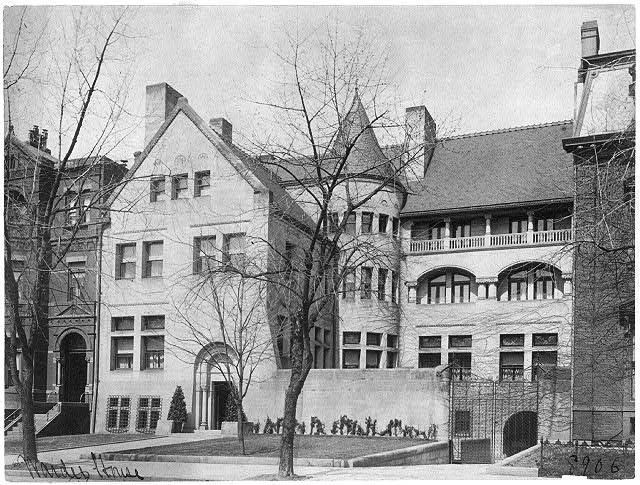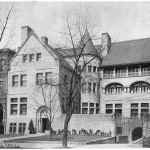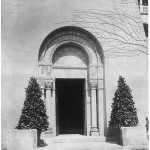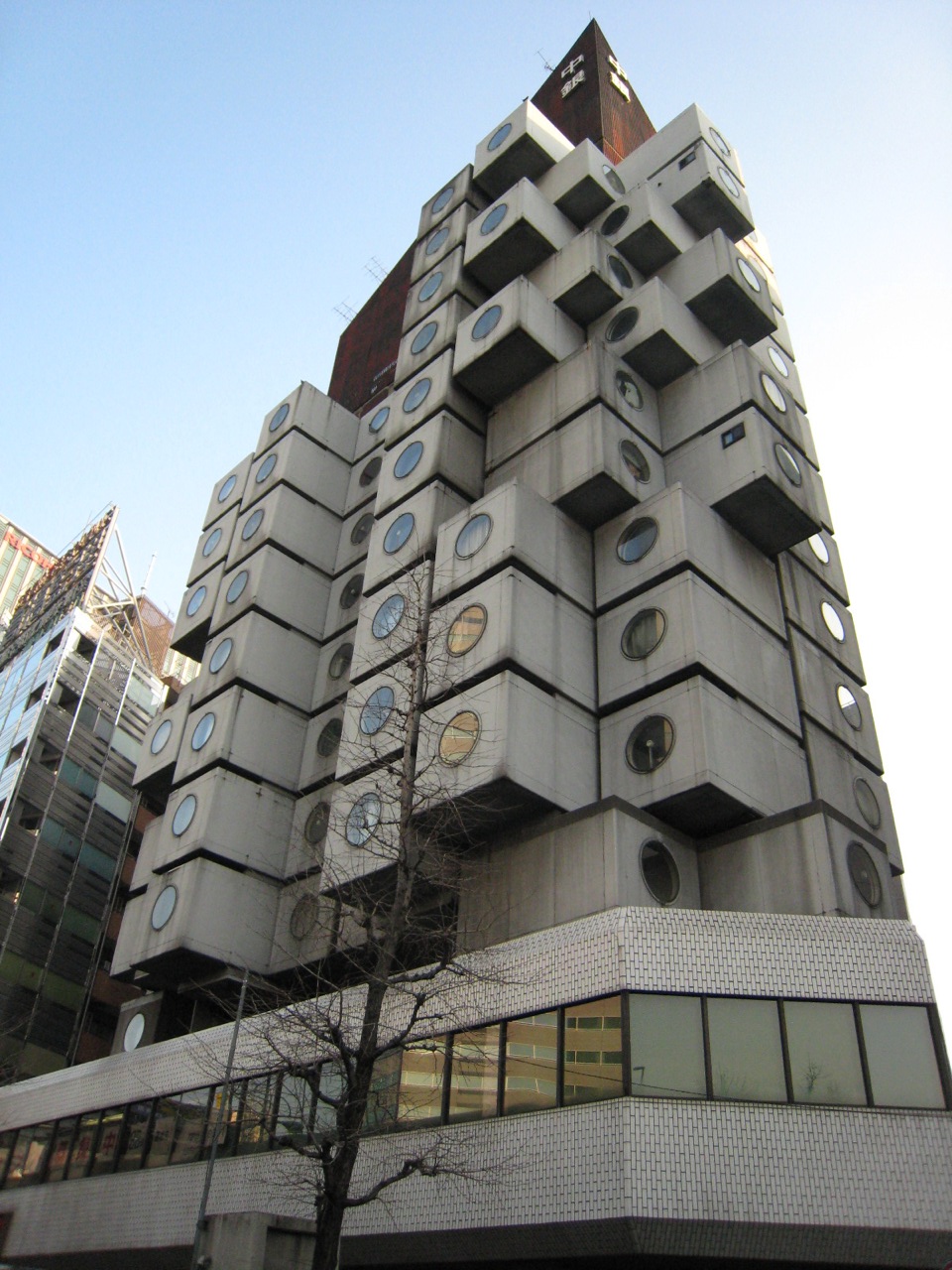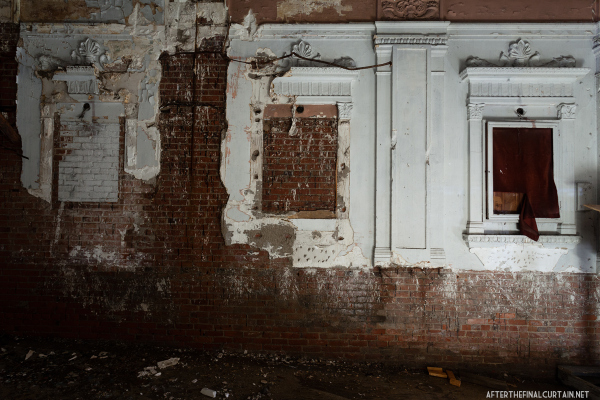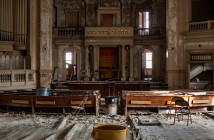Born near New Orleans, Richardson was educated at Harvard College and at the Ecole des Beaux Arts in Paris. Considered one of the most important American architects, Richardson rose to international fame with the design of his ecclesiastical masterpiece Trinity Church on Boston’s Copley Square. It was at Trinity Church where Richardson introduced a new architectural vocabulary widely imitated throughout the country, Canada and northern Europe for the rest of the 19th century.
Completed at the end of the architect’s short life, the Warder House was not of brick unlike his early urban dwellings, but of smooth ashlar. In her 1997 seminal study of the architect’s work Henry Hobson Richardson: A Genius for Architecture, architectural historian Margaret Henderson Floyd commented on the fate of Richardson’s urban houses, "[t]he most serious loss of Richardson’s buildings has occurred in Washington, where his brick houses seem to have fallen under a curse; neither was ashlar exempt."
The building was saved from total demolition, dismantled and moved to another location in Washington where it was partially rebuilt. The Smithsonian Museum acquired a portal and a fireplace which it had in storage since the 1960s. Richardson’s architecture speaks as a unified whole, the exterior and interior were often in communication with one another. He often designed furniture that followed the individual characteristics of the buildings they were intended to be part of.
The news of the auction came as a surprise to many.
- Warder House, Washington, D.C. Johnston, Frances Benjamin, 1864-1952, photographer. Library of Congress Prints and Photographs Division Washington, D.C. 20540 USA
- Warder House, Washington, D.C. Johnston, Frances Benjamin, 1864-1952, photographer. Library of Congress Prints and Photographs Division Washington, D.C. 20540 USA

